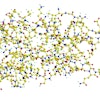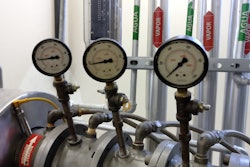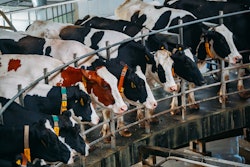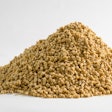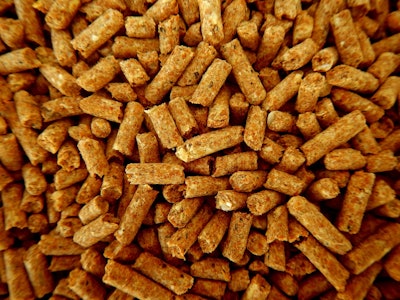
The global animal feed industry demonstrated its resilience in 2024, with production increasing by 1.2% to reach 1.396 billion metric tons, according to Alltech's 2025 Agri-Food Outlook. The annual survey, which collected data from 142 countries and 28,235 feed mills, provides a comprehensive snapshot of the industry's performance amid ongoing challenges.
Despite obstacles such as highly pathogenic avian influenza (HPAI), climate fluctuations and economic uncertainty, the feed sector managed to rebound from a stagnant 2023. This growth underscores the adaptability of the international agriculture industry.
Key findings from the report include:
- China remained the top feed-producing country, despite a 2.03% decrease, followed by the United States and Brazil.
- Poultry feed production increased for both broilers (1.8%) and layers (1.4%), with broiler feed remaining the largest species segment.
- Pig feed production experienced a slight decline of 0.6%, reflecting ongoing challenges from African swine fever (ASF) in some regions.
- Dairy feed tonnage increased by 3.2%, driven by robust consumer demand and a shift toward intensive farming practices.
- The pet feed sector saw significant growth of 4.5%, fueled by premiumization trends and expanded pet ownership.
Regionally, Africa and the Middle East showed the strongest percentage growth at 5.4%, while Asia-Pacific remained the largest producer overall despite a slight decrease.
"These insights serve as a barometer for the overall livestock industry, highlighting key trends across species, regional challenges and opportunities for growth," said an Alltech spokesperson.
The report suggests that while the global feed industry faces ongoing challenges, including disease pressures and market volatility, it continues to demonstrate resilience and adaptability. Future growth will likely depend on factors such as disease management, feed cost stabilization and the industry's ability to meet evolving consumer demands for sustainable and efficient animal protein production.


